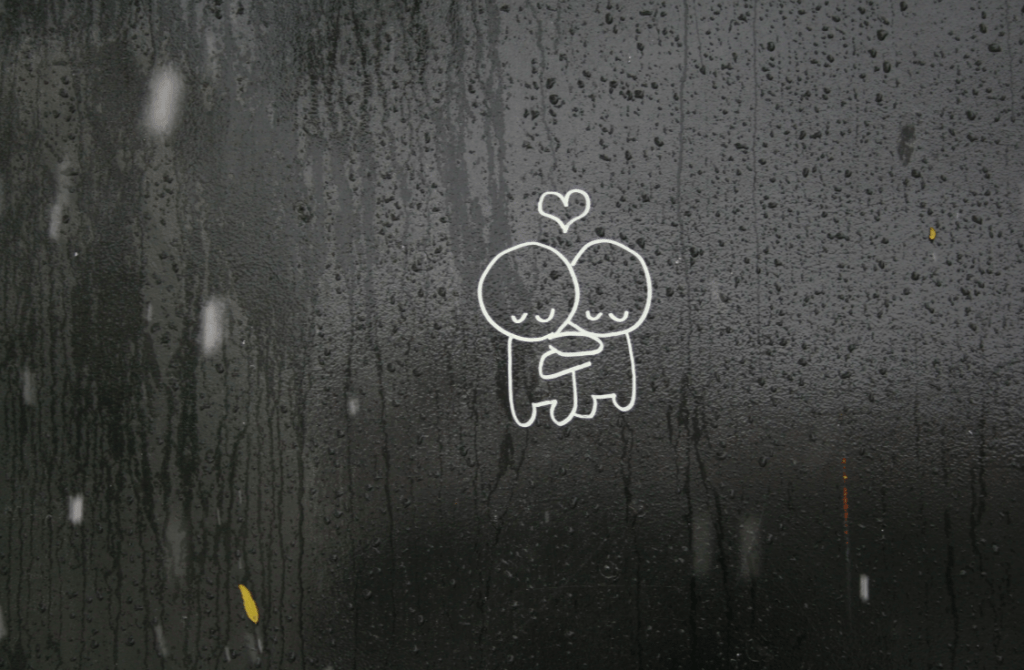
Gary Chapman’s famous book, The 5 Love Languages, clearly establishes that different people need different things in order to feel loved. He uses his book to outline what these love languages are, but also includes a test to determine which category you fall into.
You could feel loved if you spent time with loved ones or getting the opportunity to help them out with something.
Others enjoy the physical touch. Holding hands, giving a hug, stroking the cheek, playing with their hair.
Some need words of affirmation or encouragement. Or perhaps a thoughtful gift.
Chapman contends that demonstrating your partner’s preferred manner will result in less conflict and a profoundly improved relationship. This is often difficult because when we don’t know another person’s love language, we tend to default to what we perceive to be affection.
This is already problematic, but what’s also interesting is that there are more specific gestures out there that make someone feel loved. According to a survey conducted amongst Americans, the survey expands the working theory that Chapman has.
Survey Details
The study was published in the Journal of Social and Personal Relationships, and it involved 495 men and women in the US who completed an online survey that presented 60 different scenarios.
Respondents were instructed to respond to each scenario with a “true,” “false,” or “don’t know.” And all of these scenarios involved questions about love and being loved.
What’s even more important was that the researchers asked the participants to answer based on how they thought the majority of people would feel rather than their own personal emotional programming. As a result, even though the survey only asked 900 people, it could represent a larger group of America — and perhaps the world.
This study was led by Saeideh Heshmati and Zita Oravecz. Oravecz has been doing this for quite some time, as Oravecz co-authored a 2016 paper on this exact subject. They identified some behaviours back then where nearly every participant agreed on a few things that would make anyone feel loved. This same pattern showed up again in this survey.
The 4 Extra Actions To Make You Feel Loved
- Someone showing compassion towards you during tough times.
- A child snuggling up to you.
- A pet that is happy to see you.
- Someone saying “I love you” to you.
As simple as these are, what’s interesting is that they aren’t associated exclusively with romantic partners. Chapman’s work was primarily concerned with intimate relationships. But one could argue that those very same things could be stretched beyond intimacy.
People warm up to the idea of words of encouragement, direct help, getting gifts, hugs, or general human interaction.
This survey concludes that there are a lot more places where someone can feel loved. Best of all, it doesn’t all have to come from an intimate relationship. We experience love in various forms through our friends, pets, and family.
Other pieces of science reinforce that. Just looking into a dogs eyes increases an owners’ level of oxytocin. The same is true with a parent cuddling their kid.
And there are many people who can attest to the power of someone reaching out to help as a meaningful gesture.
Other Interesting Points
But what’s also interesting, is that people are moving away from the more controlling aspects and finding them deeply unattractive. Today, we largely connect controlling behaviour with abusers and generally terrible people.
Andrew Tate comes to mind as one of the more disturbing ones in recent months.
This survey agrees with this, as people generally agree that people are less attractive when they:
- Want to know where you are at all times.
- Know what is best for you and demands you follow through with it.
- Or is generally possessive of you.
Some other interesting aspects the study found are:
- Specific groups of people were more likely to deviate from the general consensus. For example, men were far more likely to differ because in the minds of men, we tend to think about love in intimate physical relationships. This survey focused on nonsexual love.
- Black participants were also outside the consensus, though the survey had a majority of white participants. As such, the survey reflects white cultural norms more than anything else.
Despite the fact that the majority of people who took that survey were white and the research was limited, as the researchers admitted, it is still a valuable piece of information. It’s clear people feel love in different ways and the survey reveals our own interpretation of love is different even across cultural beliefs.
Even so, it’s a reminder that even simple and small gestures can be truly meaningful and appreciated.
Enjoyed the article? Please consider offering your support!
👉 Subscribe to my email list here and receive emails whenever I publish on Medium!